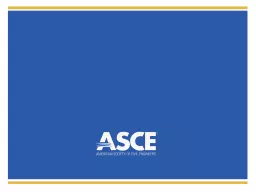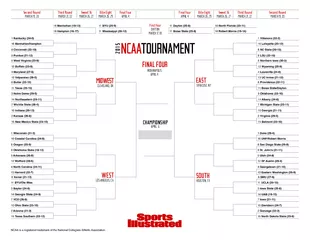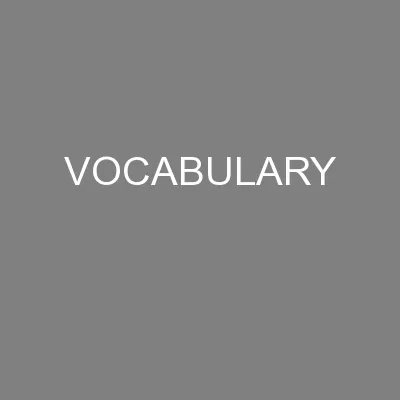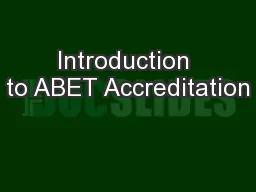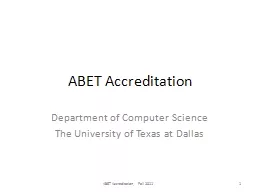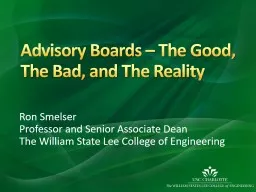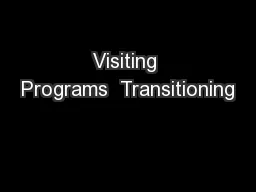PPT-2 The ABET criteria consist of eight General Criteria plus
Author : giovanna-bartolotta | Published Date : 2016-09-01
The programspecific criteria are divided into two parts Curriculum Faculty ABET Criteria The Context for Change 3 Civil Engineering Body of Knowledge Second Edition
Presentation Embed Code
Download Presentation
Download Presentation The PPT/PDF document "2 The ABET criteria consist of eight Gen..." is the property of its rightful owner. Permission is granted to download and print the materials on this website for personal, non-commercial use only, and to display it on your personal computer provided you do not modify the materials and that you retain all copyright notices contained in the materials. By downloading content from our website, you accept the terms of this agreement.
2 The ABET criteria consist of eight General Criteria plus: Transcript
Download Rules Of Document
"2 The ABET criteria consist of eight General Criteria plus"The content belongs to its owner. You may download and print it for personal use, without modification, and keep all copyright notices. By downloading, you agree to these terms.
Related Documents

